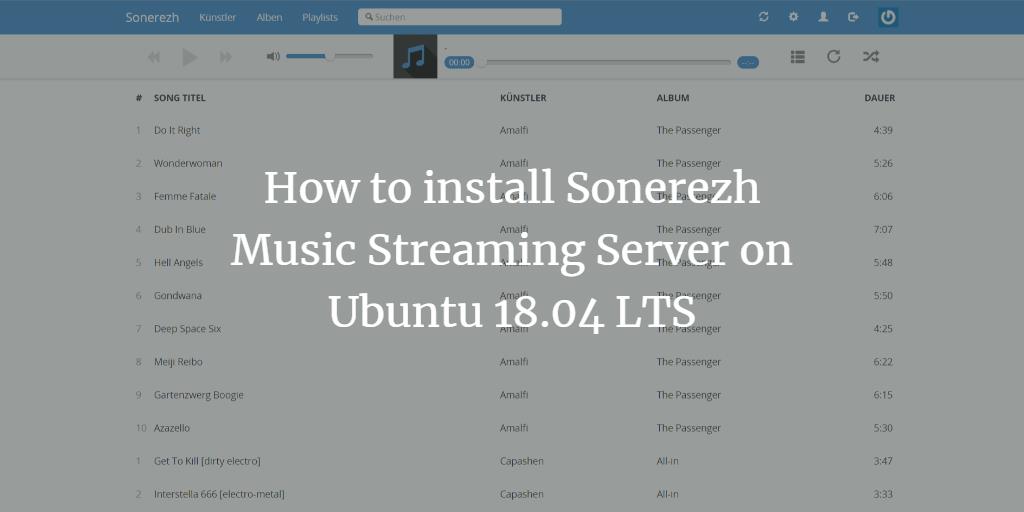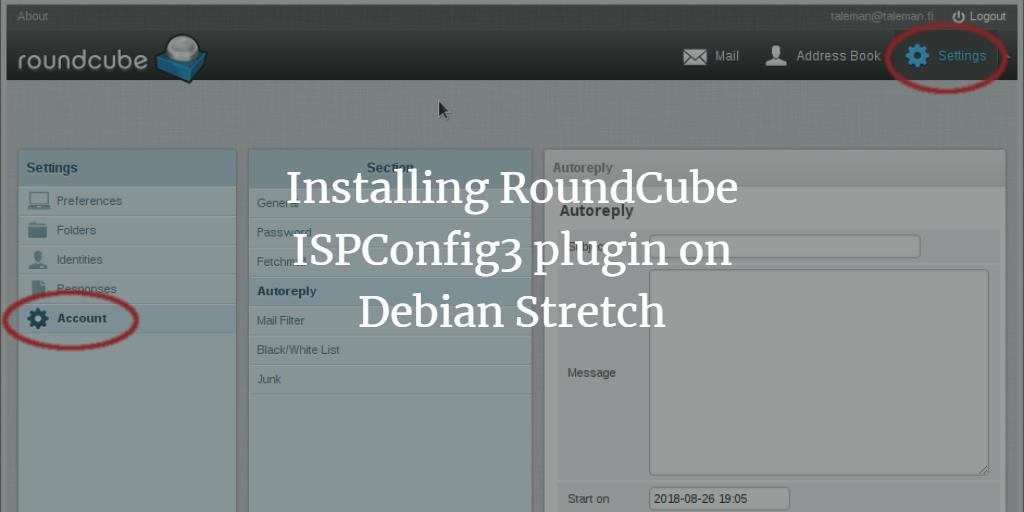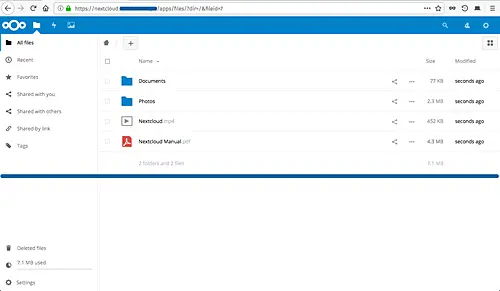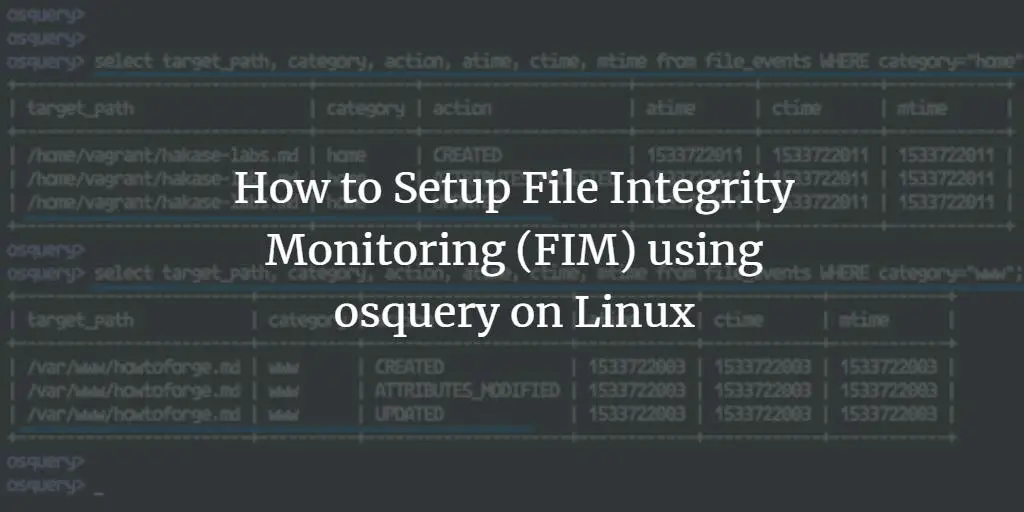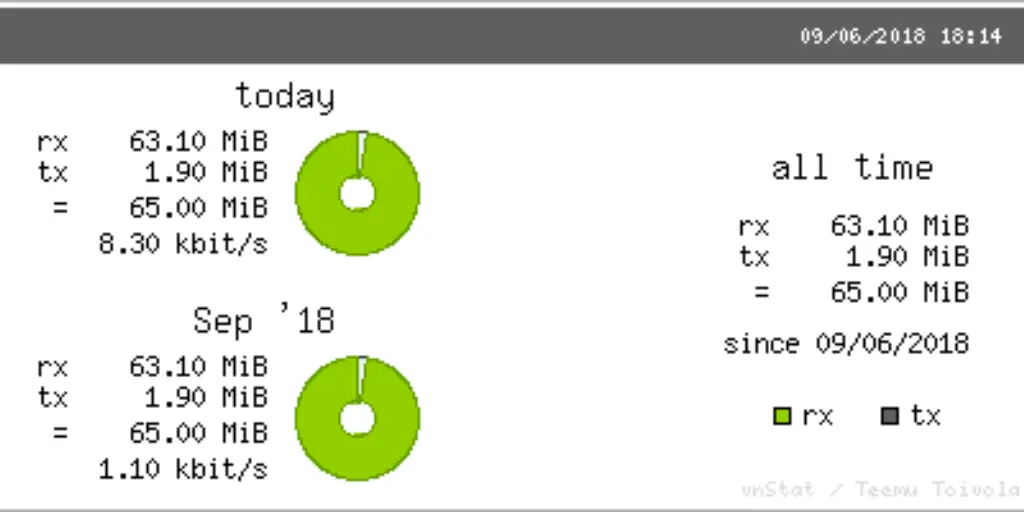HowtoForge provides user-friendly Linux tutorials.
-
How to Setup Apache Subversion with HTTPS Letsencrypt on CentOS 7
Author: Muhammad Arul • Tags: apache, centos, linux, server • Comments: 1Apache Subversion or SVN is open source versioning and revision control software. In this article, we show you how to set up Apache Subversion on the latest CentOS 7 server. We install and configure the svn software with Apache as web server, secure it with Let's encrypt and activate "Basic Authentication" for users.
-
How to install Sonerezh Music Streaming Server on Ubuntu 18.04 LTS
Author: Hitesh Jethva • Tags: linux, server, ubuntu • Comments: 7Sonerezh is a free, open source and web-based music streaming server that can be used to access media from anywhere. It is simple, lightweight and easy to use. In this tutorial, we will explain how to install Sonerezh on Ubuntu 18.04 server.
-
ISPConfig 3 Roundcube Plugin on Debian 9 (Stretch)
Author: Tapio Lehtonen • Tags: debian, email, ispconfig, linux • Comments: 19This tutorial describes the installation of the ISPConfig Roundcube Plugin on Debian 9. The plugin is used to connect RoundCube Webmail with the ISPConfig Hosting Control panel so that users can change their mailbox password, set autoresponders and manage email filter rules from within RoundCube.
-
-
Linux namei Command Tutorial for Beginners (5 Examples)
Author: Himanshu Arora • Tags: linux, shell • Comments: 1On the Linux command line, you work with several types of files, for example, directories, symbolic links, and stuff like that. Sometimes, the requirement is to know more about individual elements in a path - what type of file it is, who is its owner, and more. Thankfully, there's an inbuilt Linux command line utility - dubbed namei - that lets you fetch this information.
-
How to Install Nextcloud with Nginx on Ubuntu 18.04 LTS
Author: Muhammad Arul • Tags: linux, ubuntu, web server • Comments: 19In this tutorial, we will show you how to install and configure the latest Nextcloud 13.0.2 release on an Ubuntu 18.04 server. We will run Nextcloud with a Nginx web server and PHP7.1-FPM and use MySQL server as the database system. Nextcloud is a free (Open Source) Dropbox-like software, a fork of the ownCloud project.
-
How to Setup File Integrity Monitoring (FIM) using osquery on Linux
Author: Muhammad Arul • Tags: centos, linux, monitoring, ubuntu • Comments: 3Osquery is an open source operating system instrumentation, monitoring, and analytics software. In this tutorial, we will show you how to setup File Integrity Monitoring (FIM) using osquery. We will be using the Linux operating systems Ubuntu 18.04 and CentOS 7.
-
How to Install Flatpress CMS on Ubuntu 18.04
 Author: Hitesh Jethva •
Tags: cms, linux, ubuntu •
Comments: 0
Author: Hitesh Jethva •
Tags: cms, linux, ubuntu •
Comments: 0 FlatPress is a free and open-source blogging engine written in PHP language. FlatPress stores all its content on text files, so it does not require a database. In this tutorial. I am going to explain how to install FlatPress on Ubuntu.
-
Linux manpath Command Tutorial for Beginners (5 Examples)
Author: Himanshu Arora • Tags: linux, shell • Comments: 0Man pages in Linux is the go to spot for first-level support when it comes to command line utilities. As most of you would know, you just write 'man [command-name]' and the corresponding man page pops up. But do you know the path where these man pages are searched for?
-
Installing and using vnStat and vnStati for Monitoring Network Traffic in Ubuntu
Author: Akshay Pai • Tags: linux, monitoring, ubuntu • Comments: 17Monitoring Network Traffic or Bandwidth Usage is an important task in an organisational structure or even for developers. It is sometimes required to monitor traffic on various systems which share the internet bandwidth. There might be situations where network statistics are required for decision making in the networking areas or use the logged information on the network traffic for analysis tasks.
-
How to Install Nextcloud 13 Server on Debian 9
Author: Hitesh Jethva • Tags: debian, linux, server, storage, ubuntu • Comments: 31NextCloud is a free, open source and an alternative to another open source file hosting solution OwnCloud. NextCloud eliminates your need of using third party cloud hosting software like Dropbox for storing your documents. In this tutorial, we will explain how to install and configure NextCloud on Debian 9.


